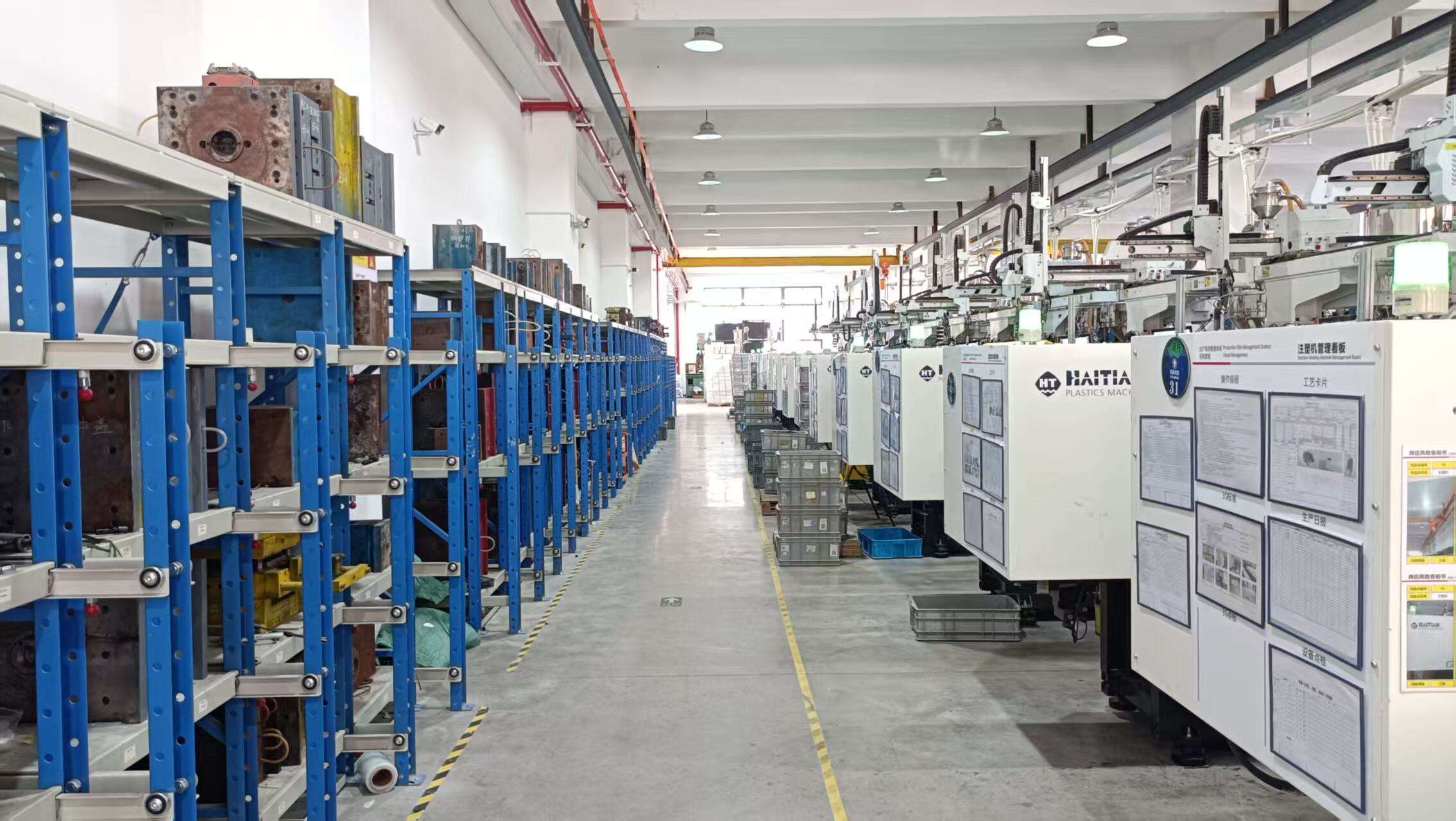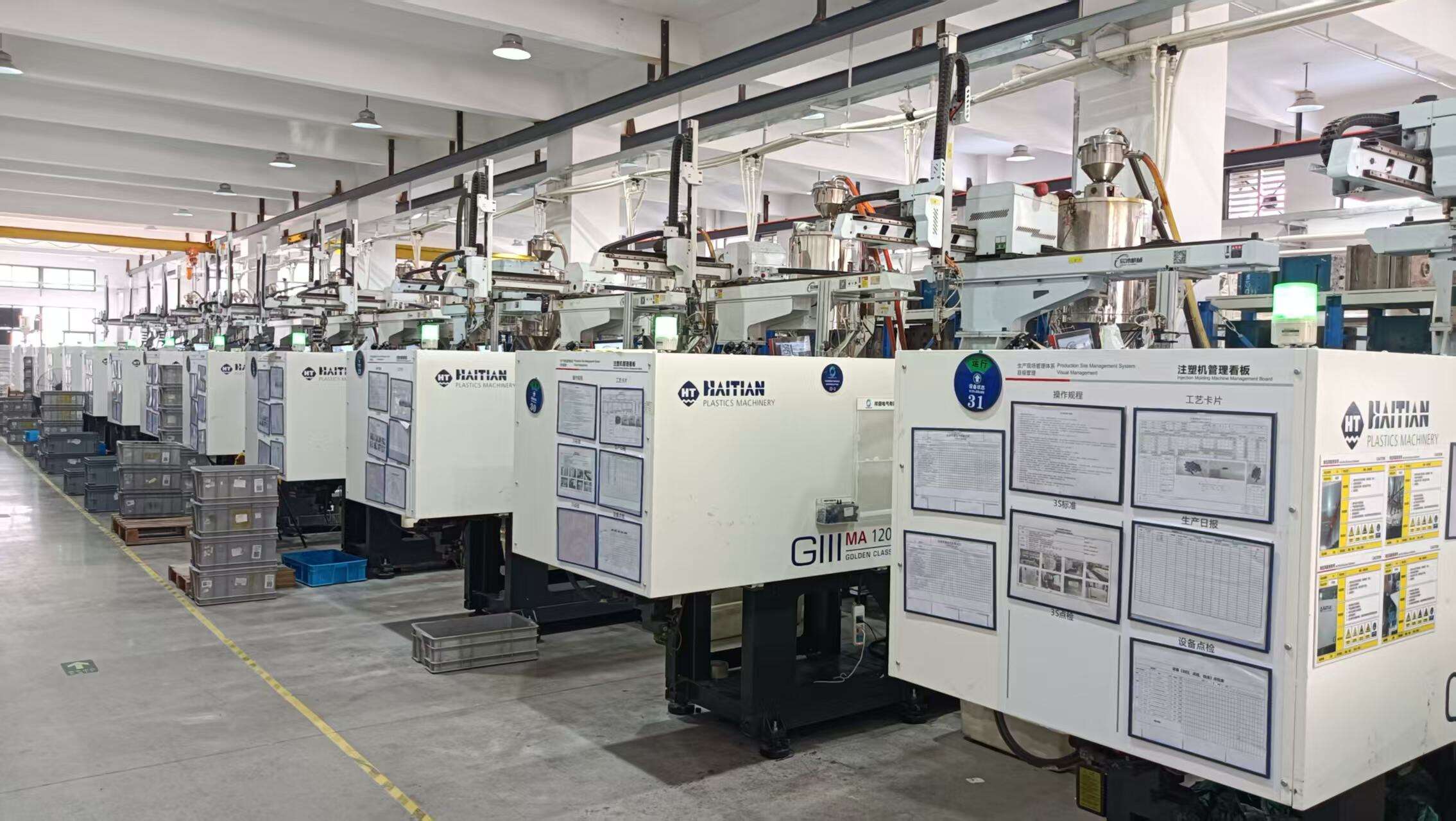Understanding the Critical Role of Surge Protection in Modern Power Systems
In today's increasingly electrified world, protecting sensitive equipment and ensuring electrical safety has become more crucial than ever. A surge arrester protector serves as a vital component in safeguarding electrical systems from dangerous power surges and transient voltage spikes. These sophisticated devices act as the first line of defense against potentially devastating electrical disturbances that could otherwise damage expensive equipment and pose serious safety risks.
Power surges can originate from various sources, including lightning strikes, utility grid switching operations, and internal system changes. Without proper protection, these surges can lead to immediate equipment failure or gradual degradation of electronic components. Understanding how a surge arrester protector functions and its importance in modern electrical systems is essential for anyone responsible for maintaining electrical infrastructure.
Core Components and Operating Principles
Essential Elements of Surge Arrester Design
The surge arrester protector consists of several key components working in harmony to provide reliable protection. At its heart lies the voltage-dependent resistive element, typically made from metal oxide varistors (MOVs) or silicon oxide components. These materials exhibit unique electrical properties that allow them to respond instantly to voltage fluctuations, providing a safe path for surge currents to ground.
Supporting elements include housing insulators, terminal connections, and internal monitoring systems. The housing must withstand environmental conditions while maintaining proper insulation, while terminals ensure secure electrical connections. Modern surge arrester protectors often incorporate diagnostic features that help monitor their operational status and remaining service life.
Working Mechanism and Response Time
When operating normally, a surge arrester protector maintains high impedance, allowing regular power flow without interference. However, when a surge occurs, the device rapidly switches to low impedance mode, diverting excess current to ground. This transition happens in microseconds, protecting connected equipment from damage.
The response time is critical for effective protection, as even milliseconds of exposure to excessive voltage can damage sensitive equipment. Advanced surge arrester protectors utilize sophisticated triggering mechanisms that can respond to voltage changes in nanoseconds, ensuring maximum protection against fast-rising surges.

Benefits and Applications
Enhanced Equipment Protection
Installing a surge arrester protector significantly extends the lifespan of electrical equipment by preventing both catastrophic failures and cumulative damage from smaller surges. This protection is particularly valuable for expensive industrial equipment, sensitive electronic systems, and critical infrastructure components.
The economic benefits become apparent when considering the cost of equipment replacement and downtime. A single severe surge event could cause damages worth thousands or even millions of dollars, making the investment in proper surge protection a wise business decision.
System-Wide Safety Improvements
Beyond equipment protection, surge arrester protectors contribute to overall system safety. They help prevent electrical fires caused by surge-related overheating and protect personnel from potential electrical hazards. In industrial settings, this comprehensive protection is essential for maintaining workplace safety standards and ensuring regulatory compliance.
The implementation of surge arrester protectors also helps stabilize power quality throughout the electrical system, reducing the risk of cascading failures and improving overall reliability. This stability is particularly important in facilities with critical operations, such as hospitals, data centers, and manufacturing plants.
Installation and Maintenance Considerations
Proper Installation Practices
Effective surge protection requires careful attention to installation details. The surge arrester protector must be installed as close as possible to the equipment it's protecting, with minimal lead lengths to ensure optimal performance. Proper grounding is crucial, as the device must have a low-impedance path to direct surge currents safely away from protected equipment.
Professional installation ensures correct sizing and placement of surge arrester protectors throughout the electrical system. This includes considering the voltage rating, energy absorption capability, and coordination with other protective devices in the system.
Maintenance Requirements and Monitoring
Regular maintenance and inspection of surge arrester protectors are essential for ensuring continued protection. This includes visual inspections for physical damage, testing of monitoring systems, and verification of proper grounding connections. Modern devices often include built-in diagnostics that simplify maintenance procedures and provide early warning of potential issues.
Establishing a maintenance schedule based on manufacturer recommendations and site-specific conditions helps maximize the effectiveness and lifespan of surge protection devices. This proactive approach helps prevent protection failures and ensures continuous system safety.
Future Trends and Technological Advances
Smart Integration and Monitoring
The future of surge protection is increasingly focused on smart technology integration. Modern surge arrester protectors are being equipped with IoT capabilities, allowing remote monitoring and predictive maintenance. These advanced features enable real-time status updates and early detection of potential issues before they become critical.
Integration with building management systems and power monitoring networks provides comprehensive oversight of surge protection systems. This connectivity allows for more efficient maintenance planning and improved response to potential problems.
Advanced Materials and Design
Research into new materials and design approaches continues to improve surge arrester protector performance. Novel semiconductor materials and innovative structural designs are enhancing protection capabilities while reducing size and cost. These developments are making high-quality surge protection more accessible and effective across various applications.
Emerging technologies focus on increasing energy absorption capacity, improving response times, and extending service life. These advancements contribute to more reliable and efficient surge protection solutions for evolving power system requirements.
Frequently Asked Questions
How long does a surge arrester protector typically last?
A quality surge arrester protector typically has a service life of 10-15 years under normal operating conditions. However, this can vary significantly based on factors such as exposure to surges, environmental conditions, and maintenance practices. Regular monitoring and inspection can help determine when replacement is necessary.
Can a surge arrester protector handle lightning strikes?
While surge arrester protectors are designed to handle various types of surges, their capability to manage direct lightning strikes depends on their rating and design. Most industrial-grade surge arresters can handle indirect lightning effects, but for areas with frequent direct strikes, additional protection measures may be necessary.
What happens if a surge arrester protector fails?
Modern surge arrester protectors are designed to fail safely, typically in an open circuit condition to prevent system disruption. Many include indicator systems that show when they need replacement. However, failure of the device leaves connected equipment vulnerable to surge damage, making prompt replacement essential.




